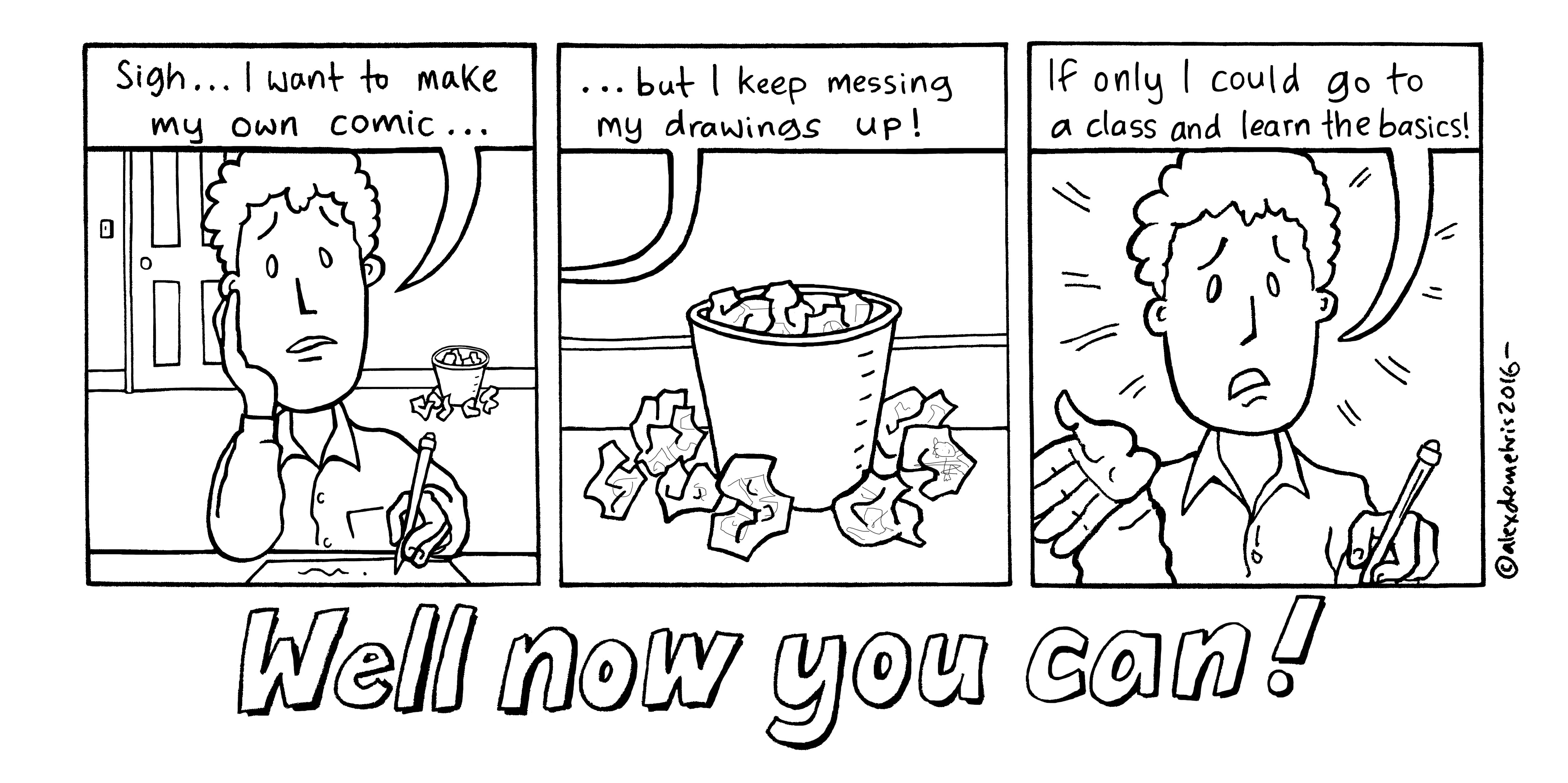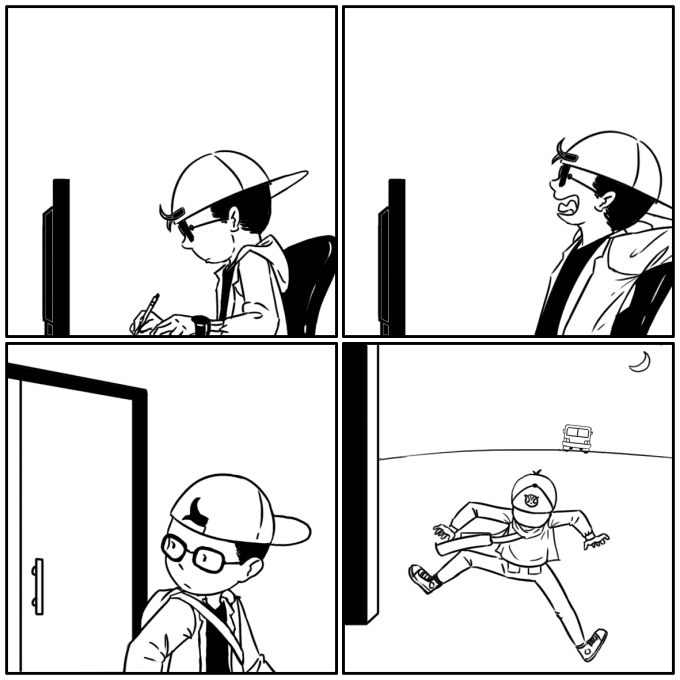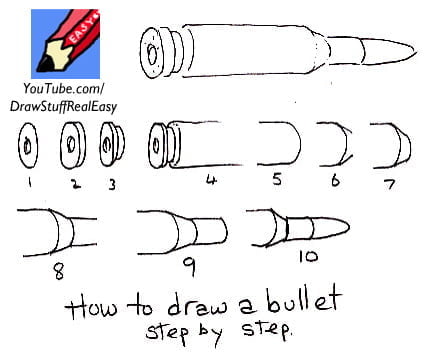Comic draw strip cartoons inking
Table of Contents
Table of Contents
If you’re a fan of comic strips, you may have often found yourself wondering how to draw them. Whether you’re a beginner or an experienced artist, drawing comic strips can seem intimidating. However, with the right tools and techniques, anyone can learn how to draw engaging and captivating comic strips. So, let’s dive into the world of comic strips and explore how to create them step by step.
The Pain Points of Drawing Comic Strips
Drawing comic strips can seem like a daunting task, especially if you’re new to the art form. It can be overwhelming to decide what to draw or how to convey your story in a concise and captivating way. Sometimes, artists can get stuck trying to come up with ideas, or they may find it challenging to make their comic strips visually interesting. Additionally, the idea of having to draw the same character repeatedly can be overwhelming or tedious. These are common pain points that artists face when trying to create comic strips.
The Target of How To Draw Comic Strips
The target of how to draw comic strips is to help artists develop the skills and techniques needed to create effective and engaging comic strips. Whether you’re a beginner or an experienced artist, this guide will provide you with tips and tricks to make your comic strips stand out. From developing characters to telling a compelling story, you’ll learn everything you need to know about drawing comic strips.
Developing Characters
Developing characters is an essential component of creating comic strips. Start by sketching out your characters and experimenting with different designs until you find one that you’re happy with. Once you’ve developed your characters, start working on their personalities and backstories. By bringing your characters to life, you’ll make your comic strips more relatable and engaging for your audience.
Telling a Compelling Story
To create a successful comic strip, you need to tell a compelling story that captures your audience’s attention. Take the time to plan out your story and decide on the plot, setting, and characters. It’s important to remember that comic strips are a visual medium, so be mindful of the visuals you use to tell your story. Use a combination of images and dialogue to create a story that’s both entertaining and informative.
The Importance of Consistency
Consistency is vital when it comes to drawing comic strips. It’s essential that your characters remain consistent throughout the comic strip, from their appearance to their personality. Pay attention to small details, such as clothing and facial expressions, to make sure that your characters remain consistent from frame to frame. Consistency will make your comic strips more professional and polished.
Tools and Techniques
There are many tools and techniques that artists can use to create comic strips, including pencils, pens, and digital tools. Experiment with different tools and techniques to find the ones that work best for you. Additionally, there are many resources available online that offer tips and tutorials on how to draw comic strips. Take advantage of these resources to improve your skills and stay up to date with the latest trends in comic strip art.
The Power of Practice
Like any skill, drawing comic strips requires practice. The more you practice, the better you’ll become. Set aside time each day to draw and experiment with different techniques. Don’t be afraid to make mistakes or try new things. With practice, you’ll develop the skills and techniques needed to create successful comic strips.
Question and Answer
Q. What should I do if I’m struggling to come up with ideas for my comic strip?
A. One tip is to start by brainstorming. Write down different ideas and storylines until you find one that inspires you. Another tip is to take inspiration from your own life and experiences.
Q. How important is it to have a consistent art style in my comic strip?
A. Consistency is essential in creating a professional and polished comic strip. Pay attention to details, such as facial expressions and clothing, to make sure that your characters remain consistent from frame to frame.
Q. What tools and techniques are best for creating comic strips?
A. There are many tools and techniques that artists can use to create comic strips, including pencils, pens, and digital tools. Experiment with different tools and techniques to find the ones that work best for you.
Q. How can I make my comic strips more engaging for my audience?
A. Use a combination of images and dialogue to tell a compelling story. Make sure that your characters are relatable and appealing to your audience.
Conclusion of How to Draw Comic Strips
Drawing comic strips may seem like a daunting task, but with the right tools and techniques, anyone can learn how to create captivating and engaging comic strips. From developing characters to telling a compelling story, there are many components that go into creating successful comic strips. Take the time to experiment with different tools and techniques, and don’t be afraid to make mistakes. With practice, you’ll develop the skills needed to create professional and polished comic strips that captivate your audience.
Gallery
Diary Of A Cartoonist: How I Draw A Comic Strip

Photo Credit by: bing.com / comic draw strip cartoons inking
How To Draw Comic Strips: A Step By Step Guide | Comic Drawing, Comic

Photo Credit by: bing.com / strips
Drawing For Comics And Graphic Novels In Central London.

Photo Credit by: bing.com / cartoon drawing comics alex graphic line london demetris tutors meet
Draw Comic Strip For Your Script By Horrehirro | Fiverr

Photo Credit by: bing.com / script animation
How To Make Comic Strips | CartoonSmart.com

Photo Credit by: bing.com / strips comic draw comics started session






